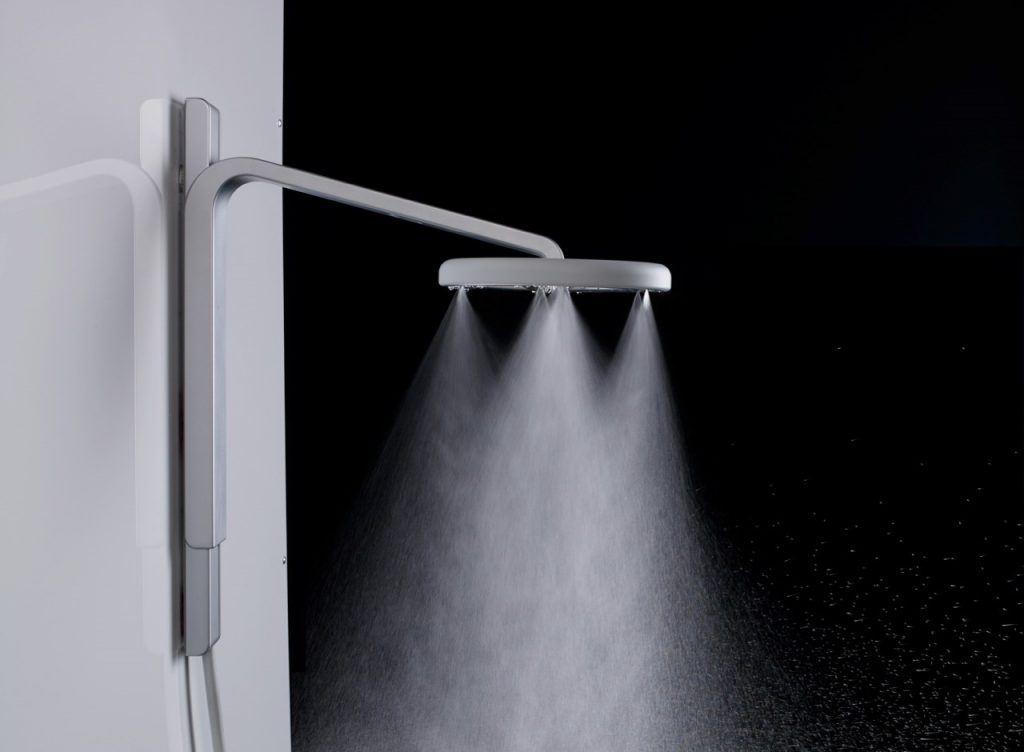Water-saving posts usually provide run-of-the-mill tips, such as turning off the tap when brushing teeth and other tips and ideas that save small amounts of water. Unfortunately, this only makes up for a small portion of water use in the bathroom. Although every little bit counts, it does not make a significant impact on your water use or your water bill.
What if you want to save water in the bathroom both long-term and hassle-free? If that’s the case, the best method is to apply innovative products that will save thousands of litres of water in the bathroom yearly.
Here are some of our favorites!
Use a Water Efficient Toilet
Did you know that toilets are the #1 water consumer in a home? Some estimates place water use per person at about 300-380 liters per day, with toilets being the largest use of household water. That being the case, when water conservation is the goal, the very first step is switching your toilet to a water efficient option.
While an older toilet will use 13.6 liters per flush, innovative designs like the Rimfree toilet from twyfordbathrooms.com can use as little as 2.6 litres, with other options ranging at 4 and 6 liters. That’s over 60% less water used per flush, which adds up to significant savings in water use throughout the year.
For a toilet to be water-efficient, you must use one with dual flash technology that provides options for a lighter and stronger flush. The amount of water used will vary between the two, so the stronger flush should only be used when necessary. Not all toilets are able to stay clean and hygienic with lower levels of water, so only opt for toilets like Rimfree that have been designed specifically to stay clean with lower water use.
Switch to a Low-Flow Showerhead
Aside from toilets, showers are the #2 culprit of water use in the home. Of course, small changes to your lifestyle can make an impact on a shower’s water usage, such as reducing the amount of time spent in the shower. However, the amount of water used can be reduced by half just by installing a low-flow showerhead.

Conventional showerheads flow at about 19 litres per minute, with certain showerheads using even more. A low-flow showerhead will use up to 9.5 litres per minute or even less, depending on the model you install.
The unfortunate downside to low-flow showerheads is in the difficulty in becoming accustomed to showering with less water pressure. That’s where the innovative side comes in – companies like Nebia are developing a showerhead that uses 70% less water than a regular showerhead but still makes for a great shower by creating a high-pressure ‘shower mist’. It’s still under development through funding on Kickstarter but holds much promise.
Think Small, but Save Big on Faucets
Much like the shower, by changing the faucet aerators to a low-flow option, water usage by faucets can be reduced by about half. A regular aerator will flow at about 9 litres per minute, while a low-flow option will reduce the amount drastically to about 4 litres per minute. Installing a new aerator is easy and can be done within a few minutes – the piece is small and is placed within the tip of the faucet. It’s worth the short investment in time!

Alternatively, other great ideas are to use motion sensor faucets which activate for only a few seconds at a time or there are even faucets that count and display the amount of water being used cumulatively like the iSAVE faucet. Both these options allow for awareness of the amount of water being wasted needlessly!







